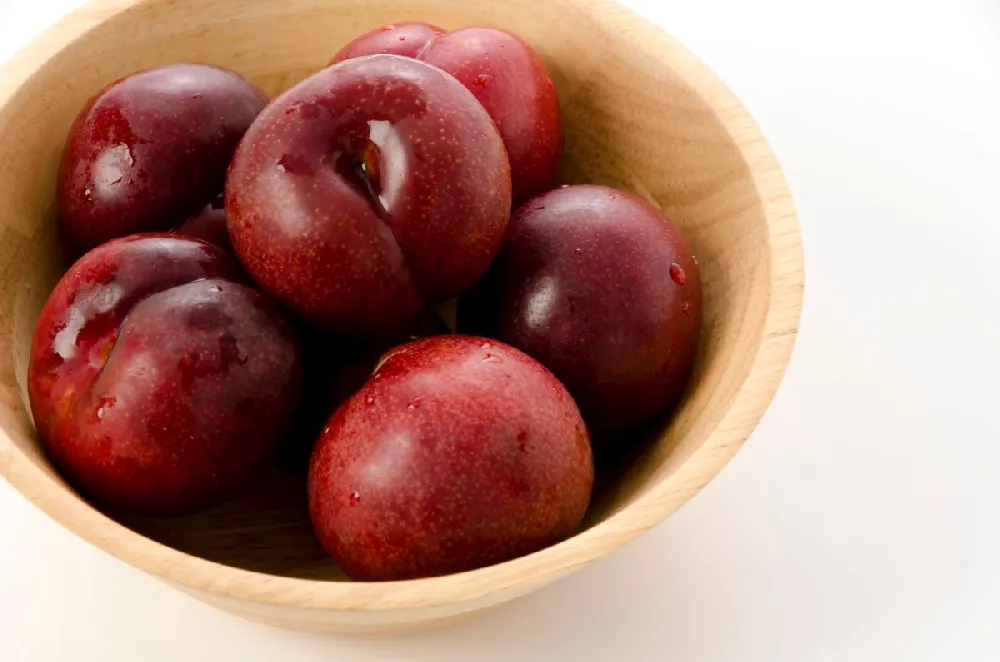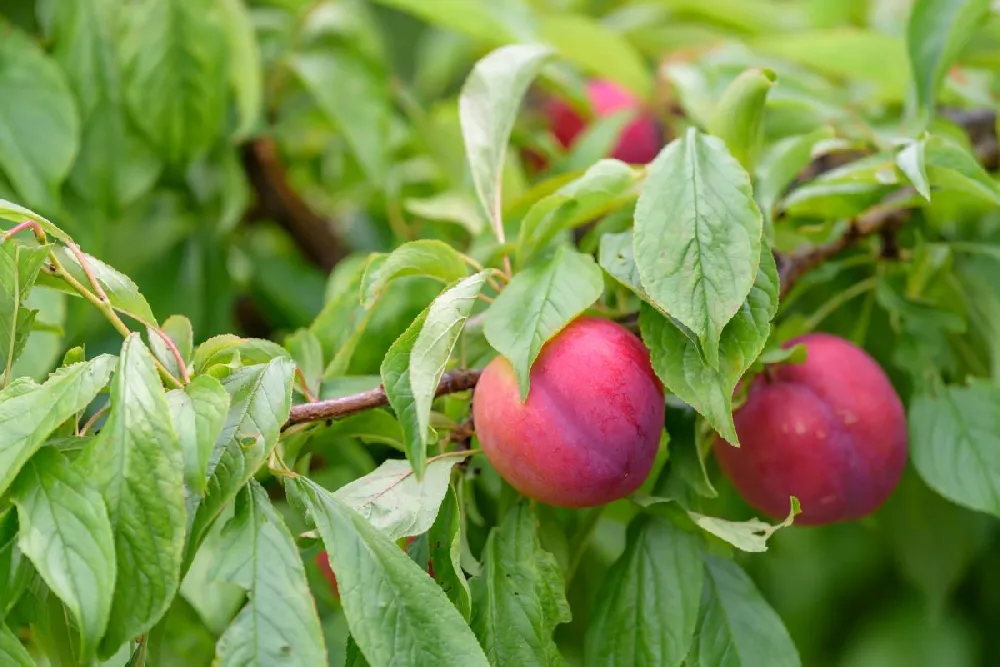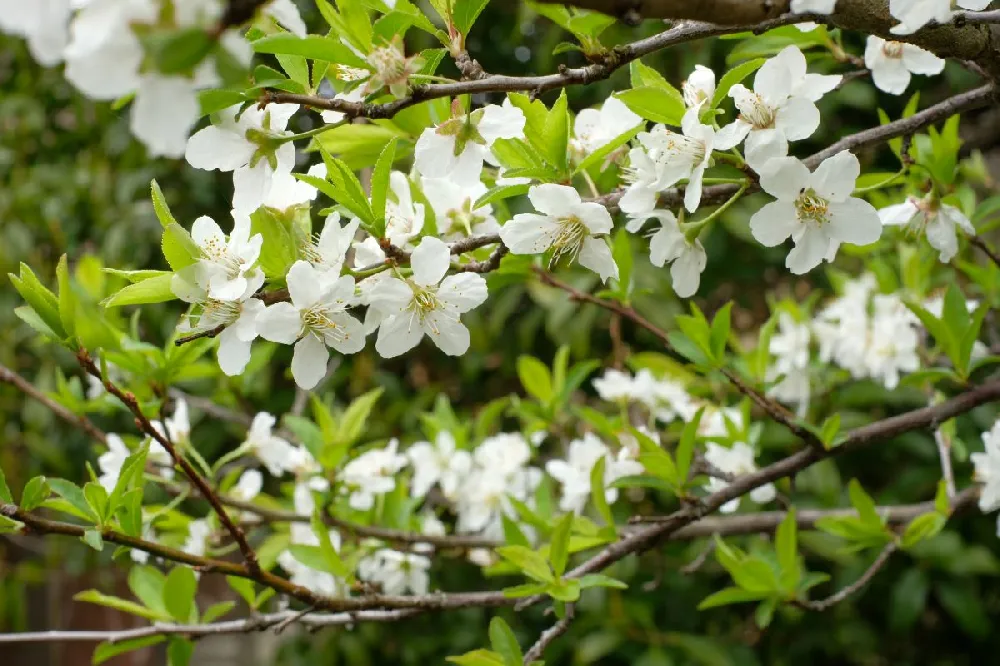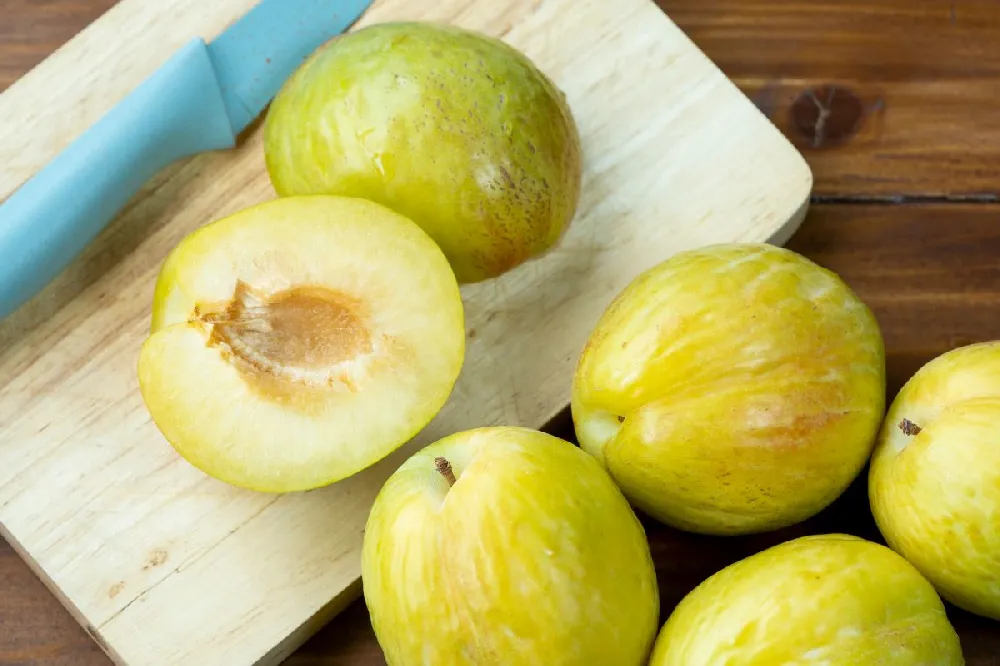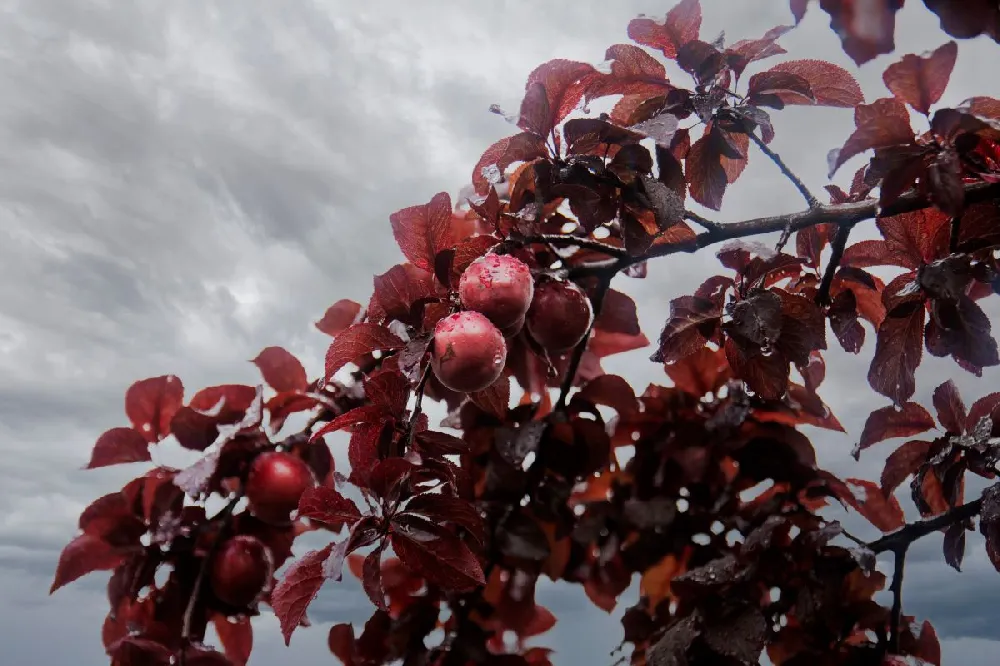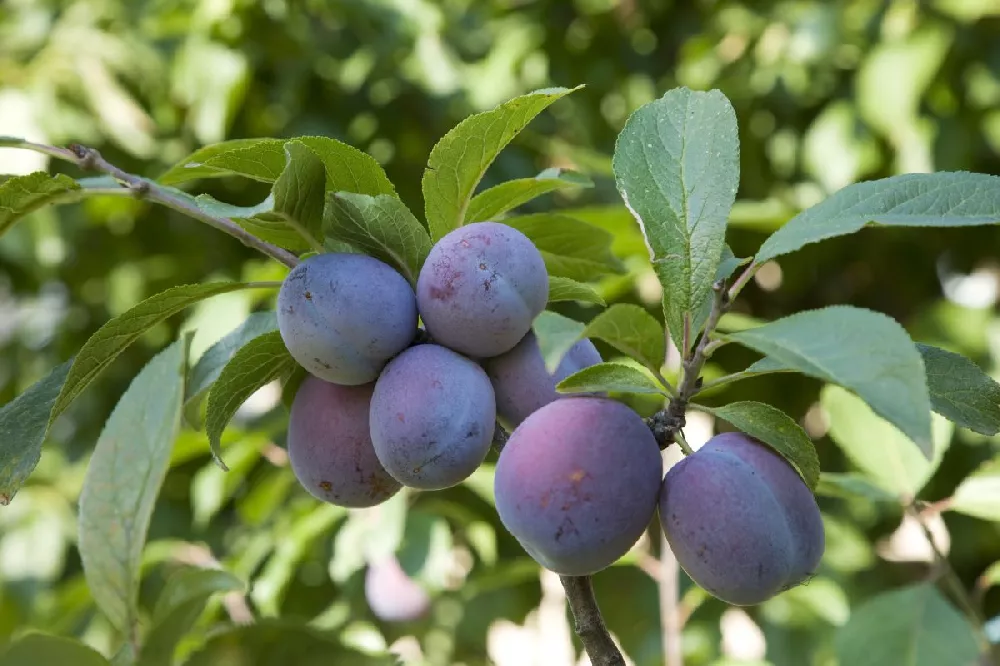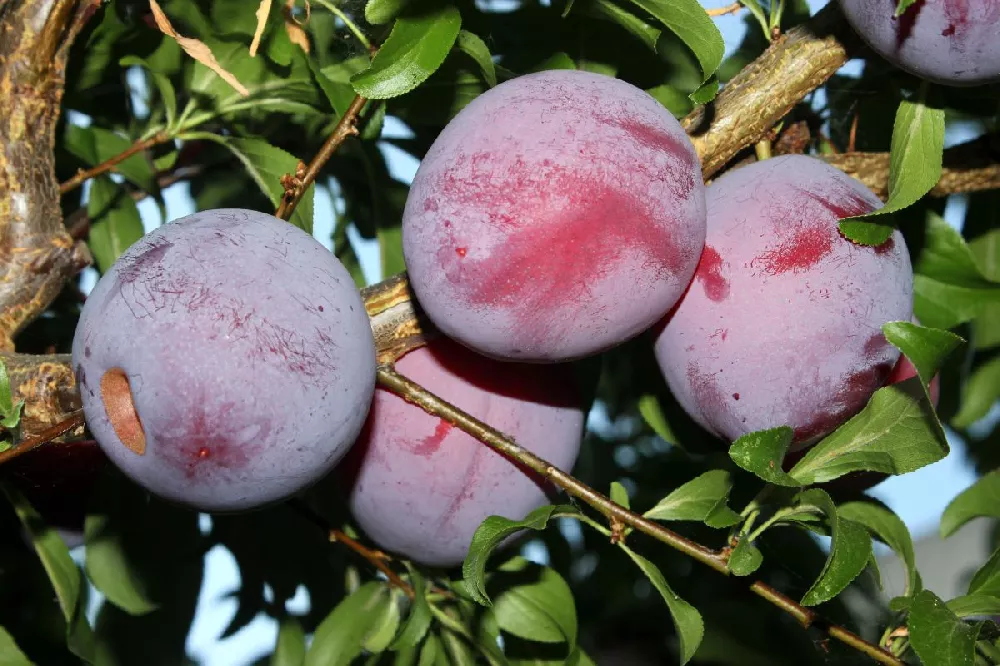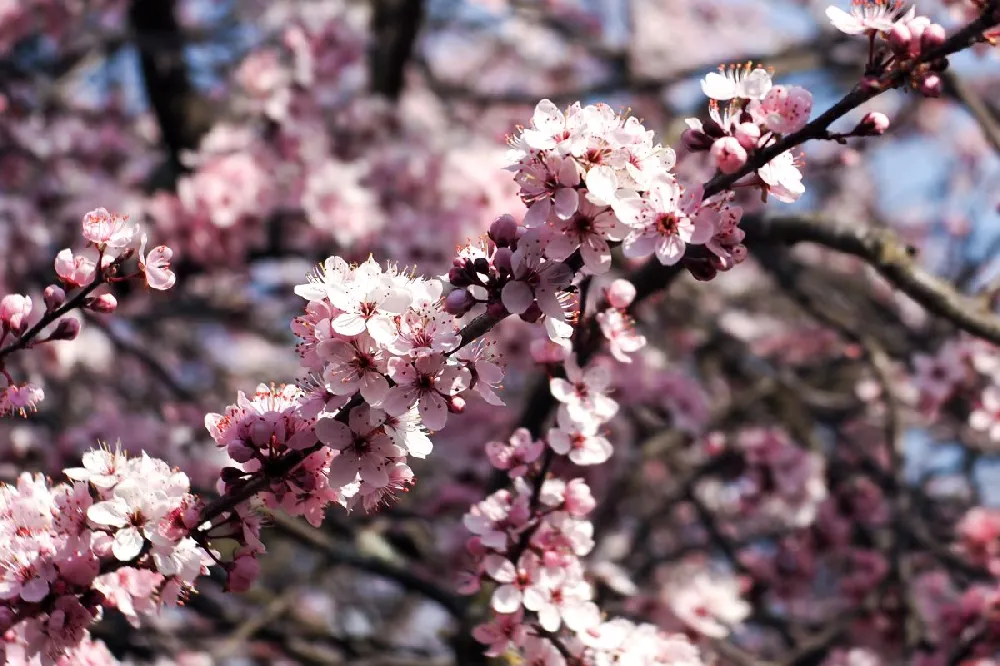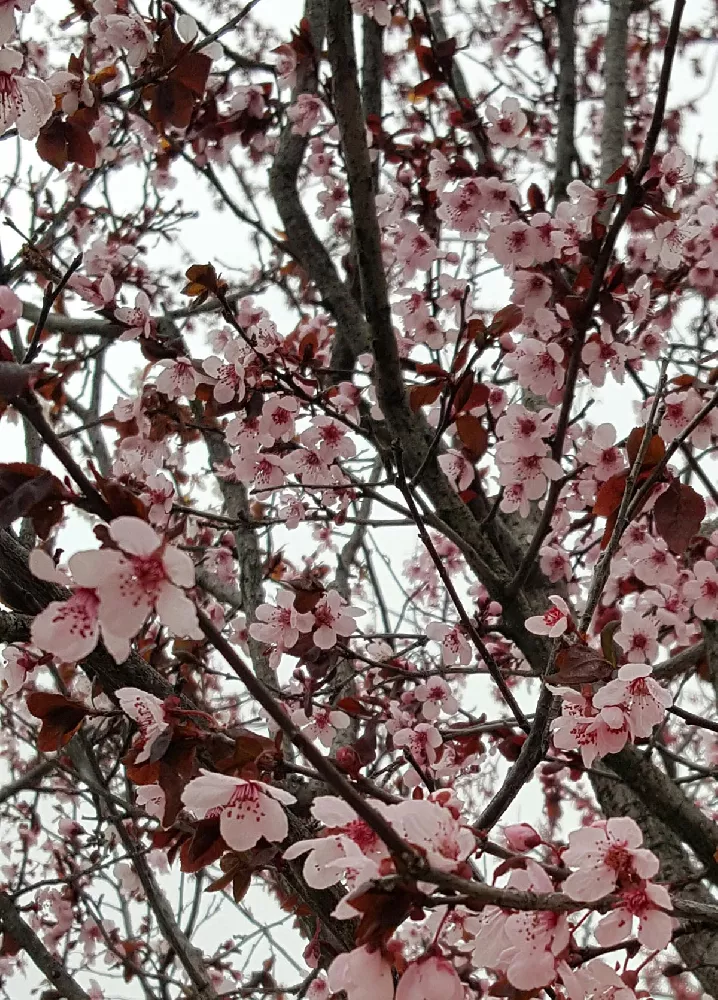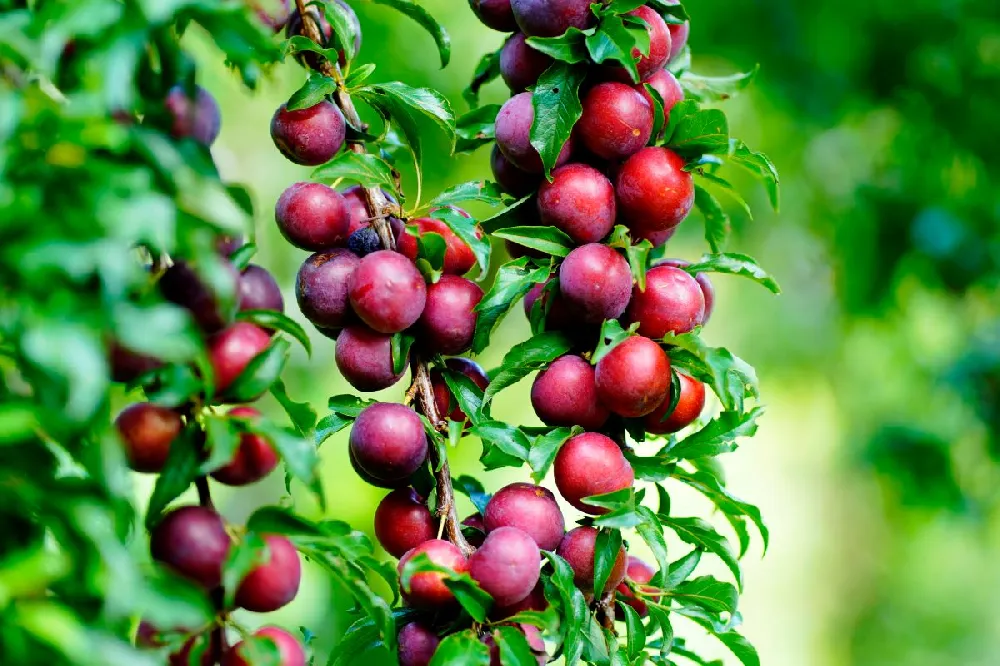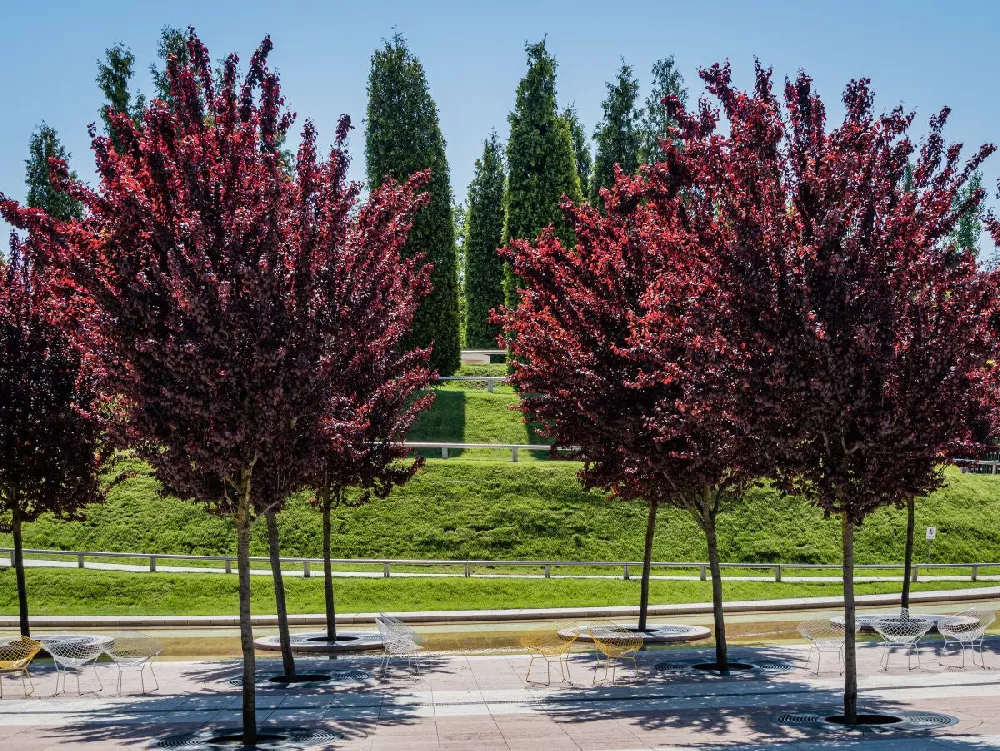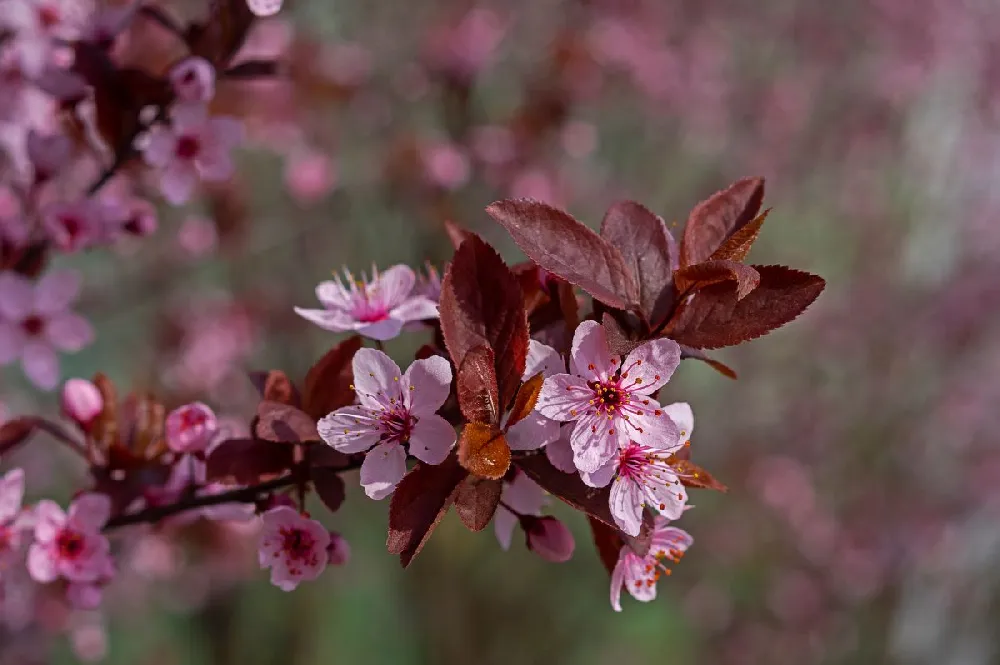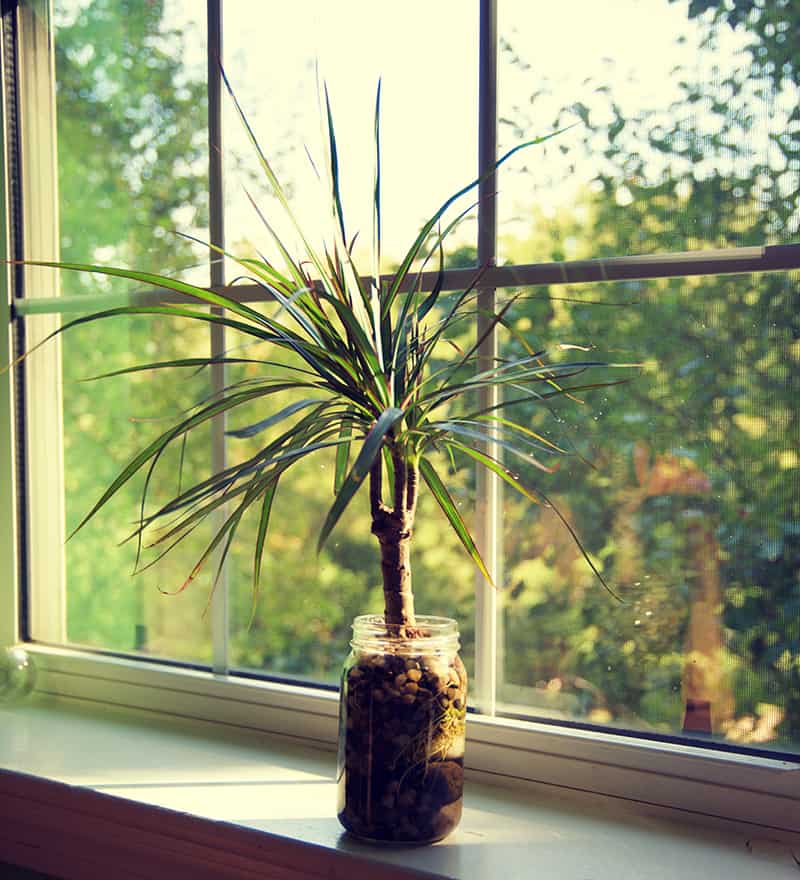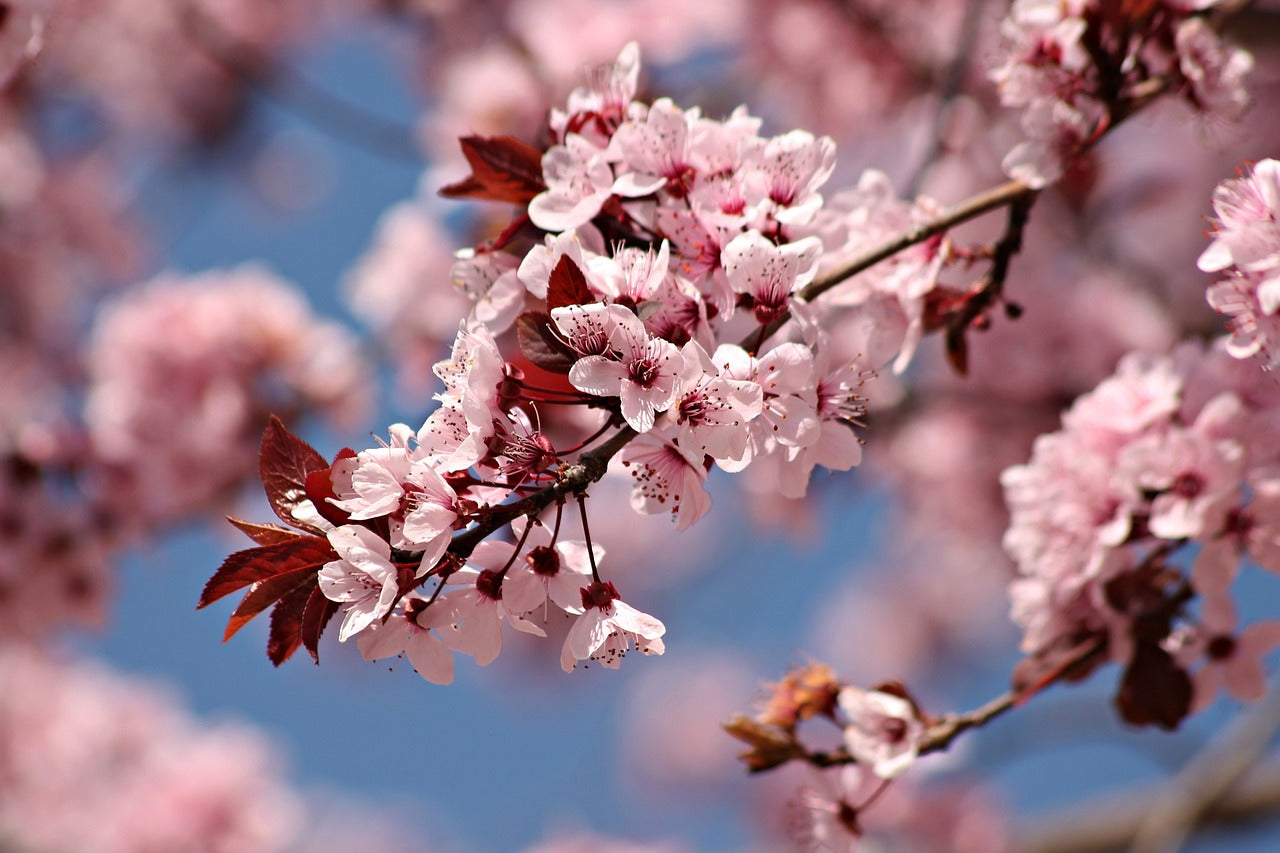- Home >
- Flowering Plum Trees
Flowering Plum Trees for Sale - Buying & Growing Guide
20 Results
-
Growing Zone(s): 5-8$90.95
$119.95Save up to 24% -
Growing Zone(s): 3-8$119.95
$174.95Save up to 31% -
Growing Zone(s): 5-8$129.95
$154.95Save up to 16% -
Growing Zone(s): 6-9$139.95
$154.95Save up to 9% -
Growing Zone(s): 5-9$124.95
-
Growing Zone(s): 5-9$124.95
$134.95Save up to 7% -
Growing Zone(s): 5-9$129.95
-
Growing Zone(s): 3-9$79.95
$159.95Save up to 50% -
Growing Zone(s): 4-9$109.95
$219.95Save up to 50% -
Growing Zone(s): 6-10$144.95
$154.95Save up to 6% -
Growing Zone(s): 5-8$109.95
$139.95Save up to 21% -
Sold OutGrowing Zone(s): 5-8$219.95
How to Plant Flowering Plum Trees
When planting a flowering plum tree, avoid locations with heavy clay soils. This species often struggles any time it is planted in soil that drains poorly. To avoid growth issues, plant your flowering plum tree in loamy soil that is rich in organic nutrients. During planting, you can add compost and other amendments to ensure the soil quality is correct for ideal growth.
Flowering plum trees bloom very early in the season, which is why you should give them some protection from winter winds. Blossoms can arrive as early as February and will be vulnerable to cold gusts. Plant your flowering plum tree near a wall or some other windbreak to protect it from early-season damage.
How to Grow Flowering Plum Trees
- When. Wait until the last frost of the winter season. Then plant your flowering plum in the early spring. Avoid planting during times of extreme heat as well.
- Where. Plant flowering plum trees in full sunlight where they will have plenty of adjacent space into which they can spread their limbs. Flowering plum trees like loamy soil the most.
- How. Begin by digging a planting hole that is twice as wide as the root ball. Amend the soil with organic matter to increase soil nutrients and drainage capabilities.
How to Care for Flowering Plum Trees
- Watering. Provide plenty of water just after planting and in the following months. When this tree reaches a mature age, continue watering about once per week.
- Nutrients. The most reliable way to fertilize a flowering plum tree is with a balanced fertilizer mix in the early spring. You can consider adding additional amendments such as compost or calcium nitrate later in the season.
- Pruning. Prune to remove dead and damaged limbs and create the overall shape you desire. Avoid pruning in early spring as flowering plum holds its flower buds on old wood. Late spring pruning is best.
- Pollination. Flowering plum trees rely on insects like bees for pollination. Interestingly, the bloom period of this tree often occurs when it’s too cold for pollinator species, which results in the lack of fruit later in the year.
- Harvesting. Although the fruits of the flowering plum tree are edible, their taste is typically less appealing than regular plums. Fruit production is often quite low as well.
